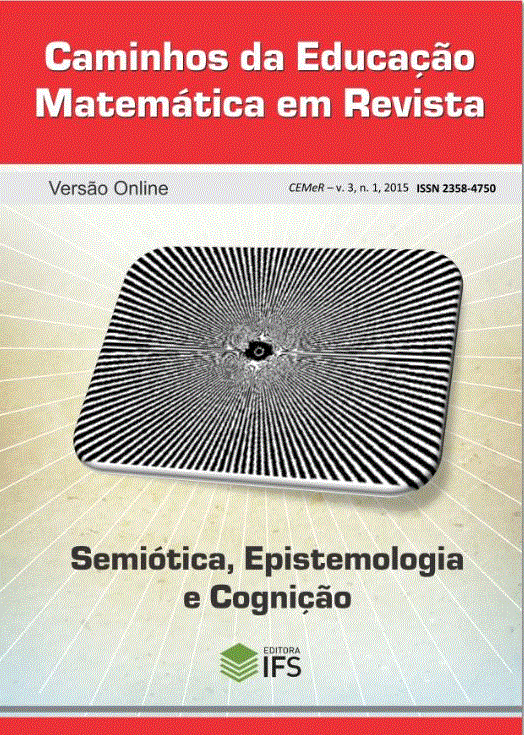COMPLEMENTARITY AND THE ANALOG/DIGITAL DISTINCTION
Resumo
Niels Bohr, as is well known, introduced the notion of complementarity into physics, as a fundamental principle of quantum mechanics. It holds that objects have complementary properties that cannot be measured accurately at the same time. For example, the particle and wave aspects of physical objects are such complementary phenomena. Both concepts are borrowed from classical mechanics, where it is impossible to be both, a particle and a wave at the same time. Particle and Wave represent the complementarity of the Discrete and the Continuous. Humans reason by means of concepts (meanings) and language, as well as, by means of logical or arithmetic symbolism. Meanings are continua, whereas logic and arithmetic are based on relations of identity and difference.Downloads
Publicado
Edição
Seção
Licença
[ANEXO I - SIGA O modelo]
DECLARAÇÃO
RESPONSABILIDADE E TRANSFERÊNCIA DE DIREITOS AUTORAIS
O(o) autor(a) vem por meio desta declarar que o artigo intitulado “TÍTULO DO ARTIGO” aprovado para publicação no periódico Caminhos da Educação Matemática em Revista/Online é um trabalho original, que não foi publicado ou está sendo considerado para publicação em outra revista, que seja no formato impresso ou no eletrônico.
O(os) autor(es) do manuscrito acima citado também declara(m):
1. Declaro que participei suficientemente do trabalho para tornar pública minha responsabilidade pelo conteúdo.
2. Declaro que o uso de qualquer marca registrada ou direito autoral dentro do manuscrito foi creditado a seu proprietário ou a permissão para usar o nome foi concedida, caso seja necessário.
3. Declaro que todas as afirmações contidas no manuscrito são verdadeiras ou baseadas em pesquisa com a mais próxima demonstração da verdade.
4. Declaro que concordo que os direitos autorais referentes ao artigo acima referenciado serão cedidos à CEMeR na sua primeira publicação, podendo ser acessado por meio de plataformas indexadoras a título de divulgação da produção científica. É vedada qualquer reprodução, total ou parcial, em qualquer outra parte ou meio de divulgação, impressa ou eletrônica, sem que a autorização prévia seja solicitada.
ASSINATURAS DOS AUTORES
Autor responsável pela submissão: _____________________
Assinatura: ________________________________________
Endereço: _________________________________________
E-mail: ___________________________________________
Data: _____________________________________________
Autor: ____________________________________________
Assinatura: ________________________________________
Autor: ____________________________________________
Assinatura: ________________________________________
Autor: ____________________________________________
Assinatura: ________________________________________
Nota: Todas as pessoas relacionadas como autores devem assinar esta declaração e não serão aceitas declarações assinadas por terceiros. A declaração deve ser assinada, datada e encaminhada para o editor convidado responsável, que depois encaminhará para o editor-chefe.






